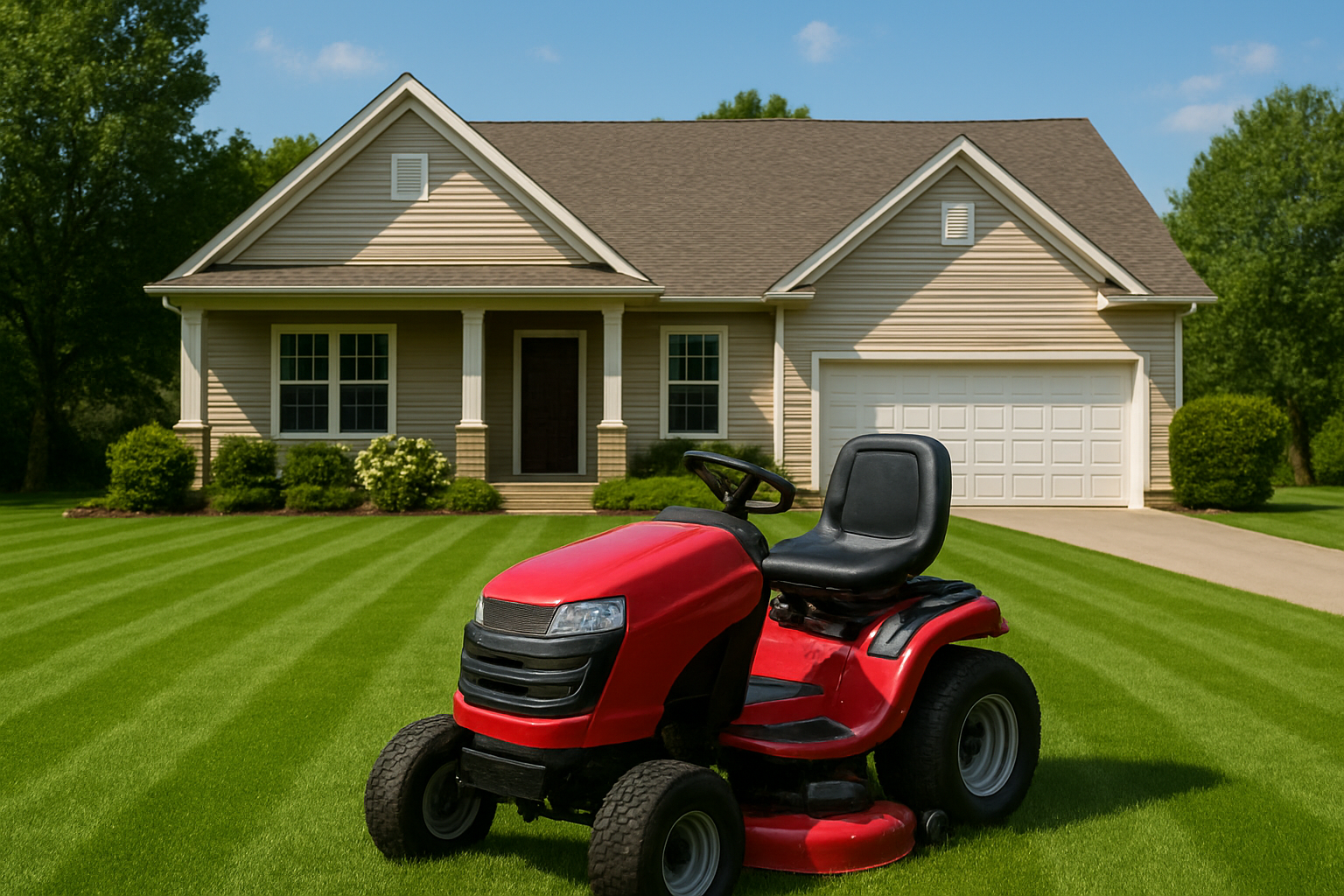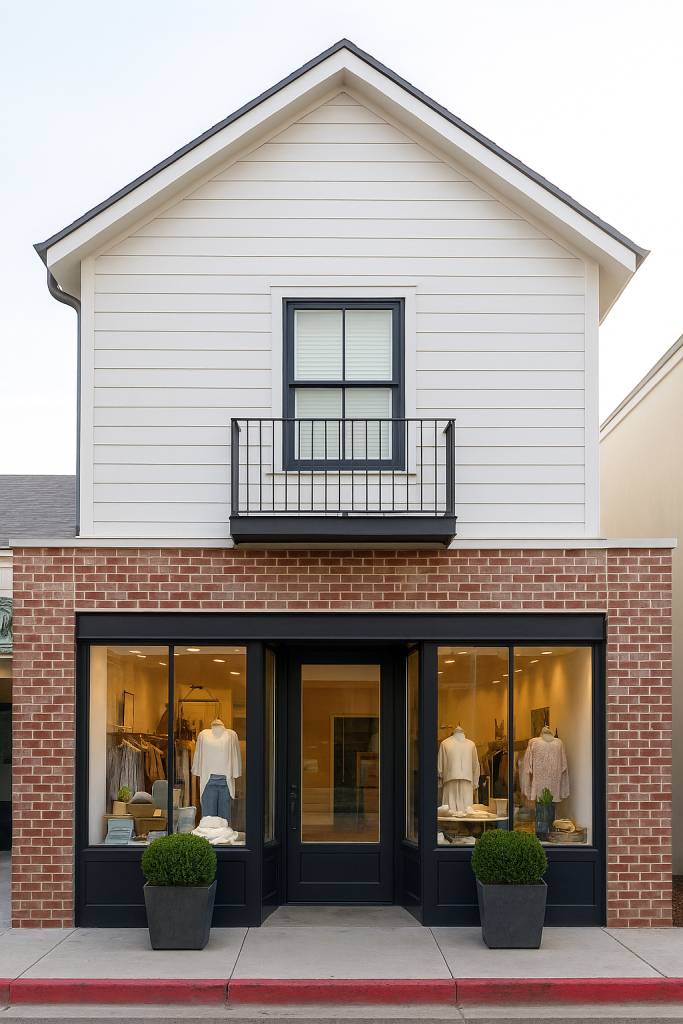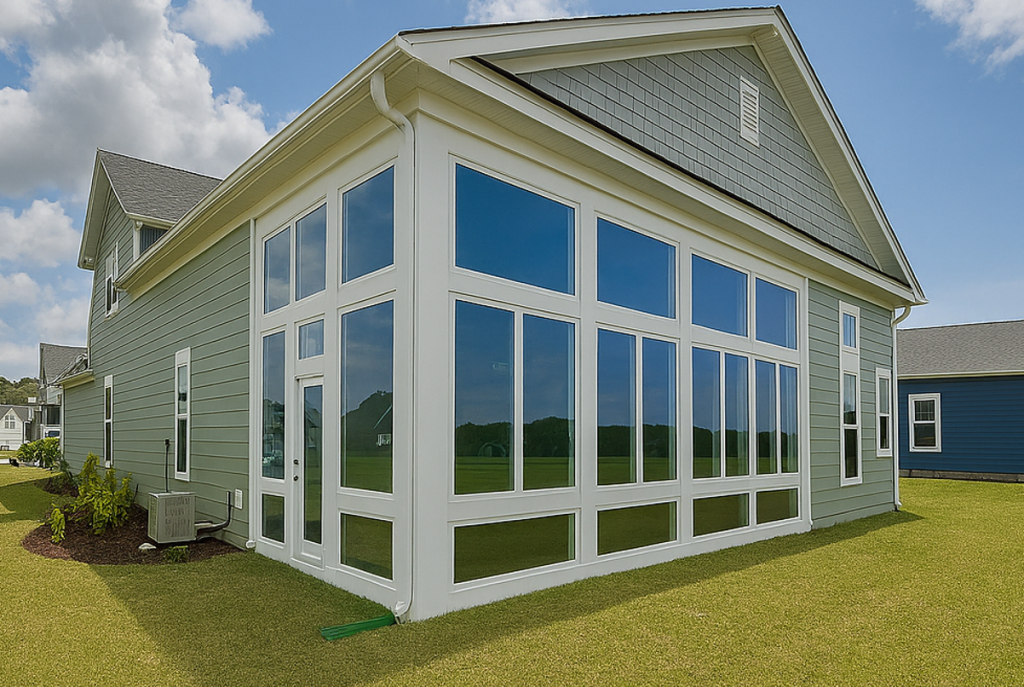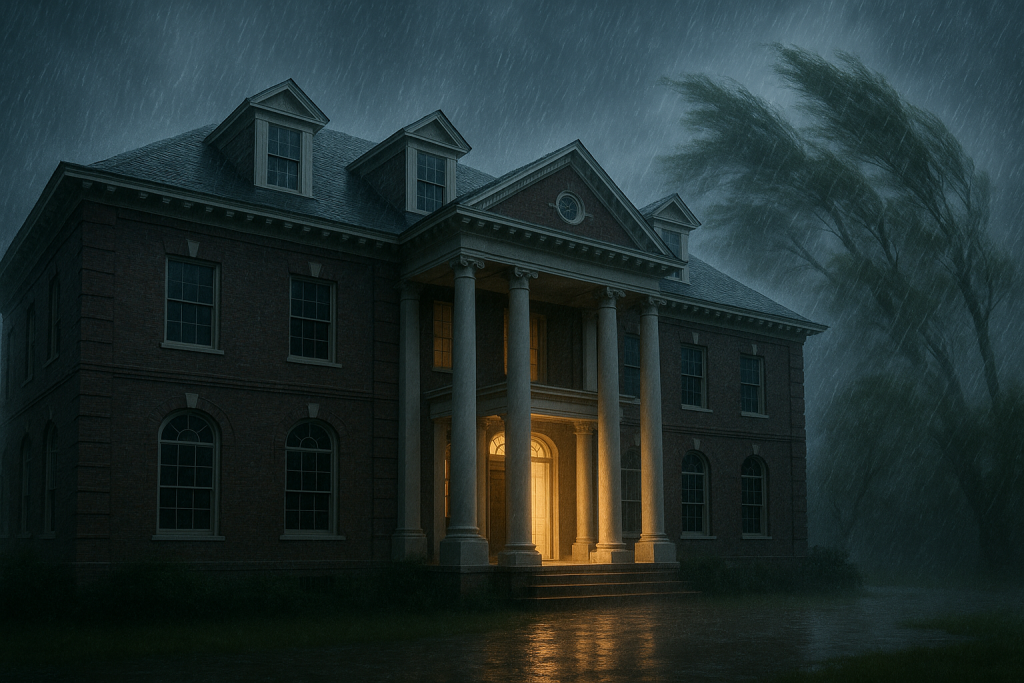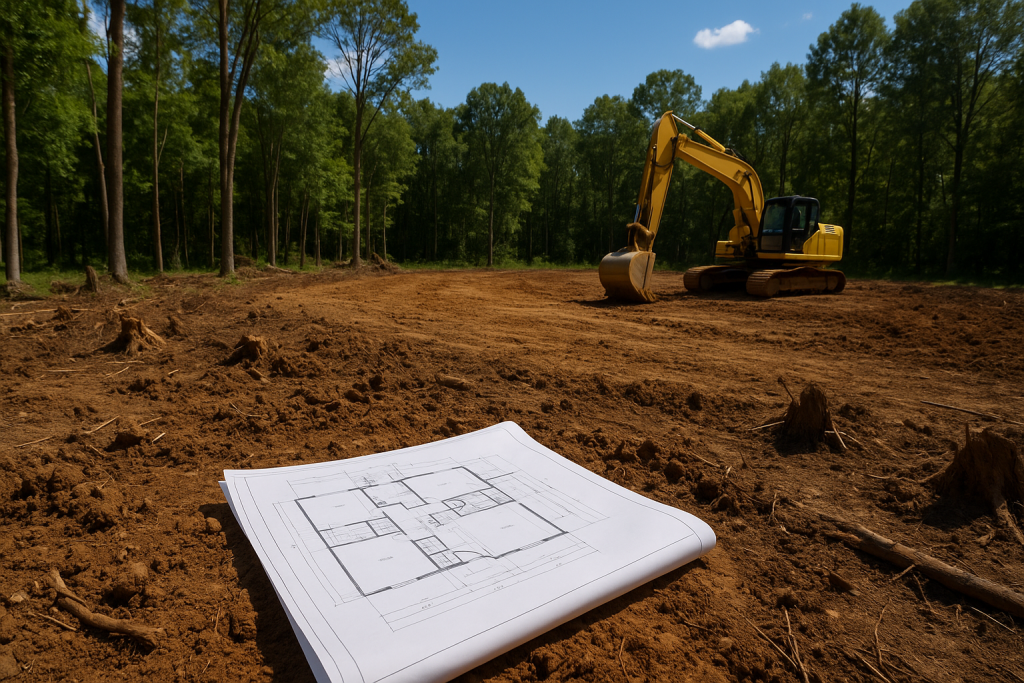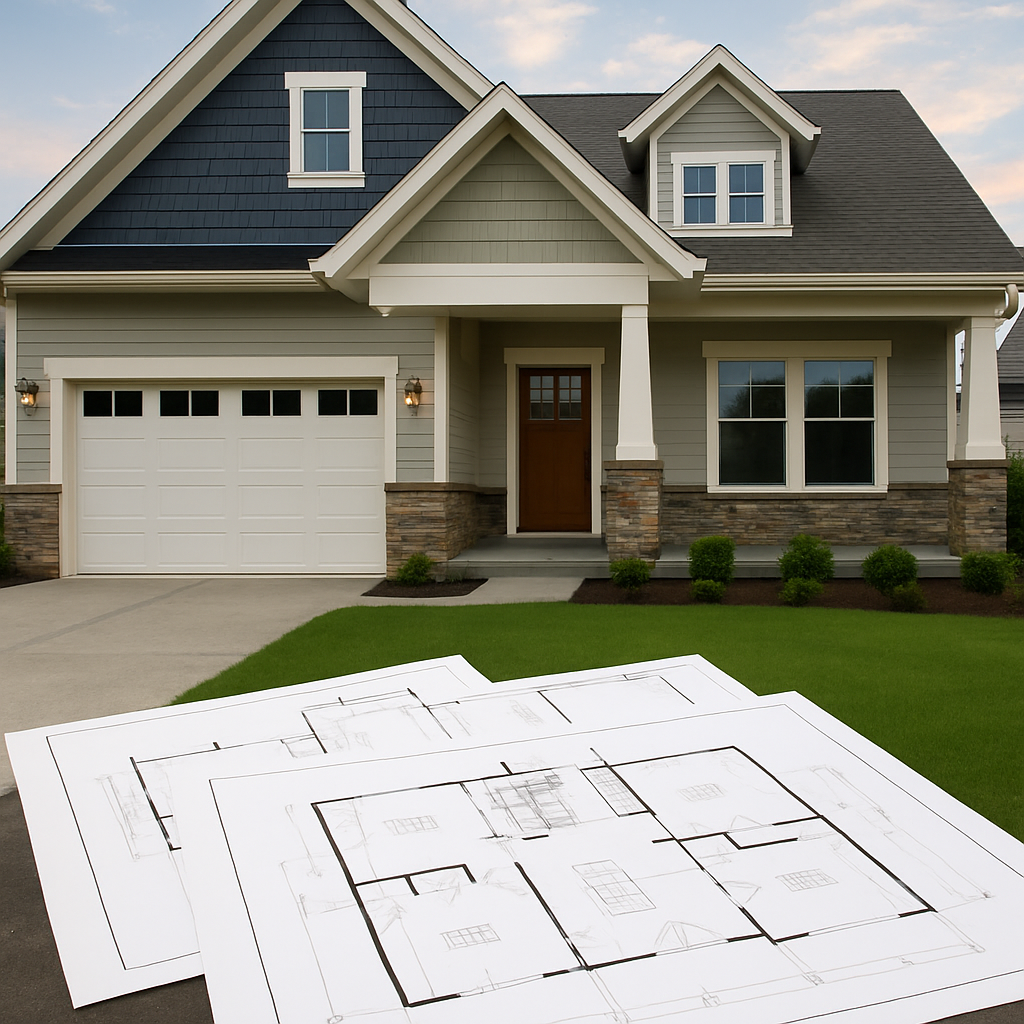How to Choose the Right Grass for Your Southeastern Lawn
You just bought your first home in Myrtle Beach or a similar coastal region and your grass is struggling – what is going on? Or perhaps, you are about to build a new home and you are considering which grass would be best. The southeastern United States presents unique challenges and opportunities for homeowners looking to establish a beautiful, healthy lawn. With hot, humid summers, mild winters, and varying rainfall patterns, choosing the right grass type is crucial for long-term success. In this write up, we will explore the most popular grass varieties for the region, helping you make an informed decision based on your specific needs, maintenance preferences, and local conditions.
Understanding the Southeast Climate
Before diving into specific grass types, it’s important to understand what makes the Southeast unique. The region typically experiences:
- Hot, humid summers with temperatures often exceeding 90°F
- Mild winters with occasional frost
- High annual rainfall, though drought periods can occur
- Clay-heavy soils in many areas
- Intense sun exposure combined with periods of shade
These conditions favor warm-season grasses that thrive in heat and humidity while remaining dormant during cooler months.
Bermuda Grass: The Athletic Champion
Overview: Bermuda grass is arguably the most popular choice in the Southeast, known for its exceptional durability and heat tolerance.
Pros:
- Extreme durability: Handles heavy foot traffic better than almost any other grass type
- Heat and drought tolerance: Thrives in the intense summer heat typical of the region
- Fast establishment: Grows quickly from seed or sod, filling in bare spots rapidly
- Self-repairing: Aggressive growth pattern helps it recover from damage
- Low water requirements: Once established, requires minimal irrigation
- Versatile: Works well for both residential lawns and athletic fields
Cons:
- High maintenance: Requires frequent mowing during growing season (sometimes twice weekly)
- Aggressive spread: Can invade flower beds and neighboring properties if not controlled
- Winter dormancy: Turns brown in winter, which some homeowners find unappealing
- Thatch buildup: Dense growth can create thatch problems requiring regular dethatching
- Sun requirement: Struggles in shaded areas
- Potential allergies: Can trigger grass allergies in sensitive individuals
Best for: Active families, sports enthusiasts, and homeowners who don’t mind regular maintenance in exchange for a tough, resilient lawn.
Zoysia Grass: The Low-Maintenance Beauty
Overview: Zoysia grass offers an attractive compromise between beauty and practicality, creating dense, carpet-like lawns.
Pros:
- Beautiful appearance: Creates a thick, luxurious carpet with fine texture
- Moderate shade tolerance: Handles partial shade better than Bermuda
- Lower maintenance: Requires less frequent mowing than Bermuda
- Good traffic tolerance: Withstands moderate foot traffic well
- Fewer pest problems: Generally more resistant to insects and diseases
- Slow spread: Less likely to invade unwanted areas
- Extended growing season: Stays green longer into fall than other warm-season grasses
Cons:
- Slow establishment: Takes 2-3 years to fully establish from seed or plugs
- Higher initial cost: More expensive to install, especially if using sod
- Moderate drought tolerance: Requires more water than Bermuda during dry spells
- Potential for disease: Can develop brown patch and other fungal issues in humid conditions
- Still goes dormant: Turns brown in winter like other warm-season grasses
- Renovation challenges: Difficult to overseed or repair due to slow growth
Best for: Homeowners who want an attractive, relatively low-maintenance lawn and are willing to invest in longer establishment time.
St. Augustine Grass: The Shade Survivor
Overview: St. Augustine grass is the go-to choice for areas with significant shade, offering good performance where other grasses struggle.
Pros:
- Excellent shade tolerance: Performs better in shaded areas than most warm-season grasses
- Attractive appearance: Broad-bladed grass creates a lush, tropical look
- Good salt tolerance: Performs well in coastal areas
- Moderate traffic tolerance: Handles normal family activities reasonably well
- Quick establishment: Establishes faster than Zoysia, though slower than Bermuda
- Fewer weeds: Dense growth pattern helps suppress weed growth
Cons:
- High water requirements: Needs consistent irrigation, especially during dry periods
- Pest susceptibility: Prone to chinch bugs, grubs, and various diseases
- Poor cold tolerance: Can suffer winter damage in northern parts of the Southeast
- Requires more fertilizer: Needs regular feeding to maintain good color and growth
- Limited traffic tolerance: Can’t handle heavy foot traffic as well as Bermuda
- Thatching issues: Can develop thatch problems requiring regular management
Best for: Homeowners with shaded yards, coastal properties, or those who prioritize appearance over durability and don’t mind higher maintenance requirements.
Centipede Grass: The Lazy Gardener’s Dream
Overview: Often called “lazy man’s grass,” Centipede grass requires minimal maintenance once established.Pros:
- Extremely low maintenance: Requires minimal fertilizing, mowing, and care
- Good weed resistance: Dense growth naturally suppresses many weeds
- Moderate drought tolerance: Survives dry periods better than St. Augustine
- Lower fertilizer needs: Actually performs better with less fertilization
- Slow growth: Reduces mowing frequency compared to other grasses
- Acidic soil tolerance: Thrives in the naturally acidic soils common in the Southeast
Cons:
- Poor traffic tolerance: Cannot handle heavy foot traffic or active play
- Very slow recovery: Takes a long time to repair damage or fill in bare spots
- Iron chlorosis susceptible: Can develop yellowing if soil pH becomes too high
- Limited cold tolerance: Can suffer damage in colder parts of the region
- Susceptible to nematodes: Root-knot nematodes can cause significant damage
- Appearance limitations: Not as lush or attractive as other grass types
Best for: Low-traffic areas, vacation homes, or homeowners who want minimal lawn maintenance and don’t require a picture-perfect appearance.Tall Fescue: The Cool-Season Alternative
Overview: While most Southeast lawns use warm-season grasses, Tall Fescue can work in transition zones and cooler microclimates.
Pros:
- Year-round color: Stays green through winter months
- Excellent traffic tolerance: Handles heavy use very well
- Deep root system: Excellent drought tolerance once established
- Pest resistance: Generally fewer problems with insects and diseases
- Adaptable: Tolerates a wide range of soil conditions
- Lower summer maintenance: Grows slower in heat, requiring less frequent mowing
Cons:
- Heat stress: Can struggle during the hottest summer months
- Higher water needs in summer: Requires irrigation to maintain appearance in peak heat
- Coarse texture: Not as fine or attractive as warm-season alternatives
- Renovation challenges: Difficult to overseed in the Southeast climate
- Limited adaptation: Only suitable for northern areas of the Southeast
- Summer dormancy risk: May go dormant during extreme heat periods
Best for: Northern areas of the Southeast, shaded locations, or homeowners who prefer year-round green color and don’t mind potential summer stress.Regional ConsiderationsCoastal Areas
Making Your Decision: Key Questions to Ask
- How much traffic will your lawn receive? High-traffic areas need Bermuda or Tall Fescue, while low-traffic areas can use Centipede or St. Augustine.
- How much maintenance are you willing to do? Bermuda requires the most, Centipede the least, with Zoysia and St. Augustine in between.
- How important is year-round color? If winter brown bothers you, consider overseeding warm-season grasses with cool-season varieties.
- What’s your shade situation? Heavy shade requires St. Augustine, while full sun allows all options.
- What’s your budget for establishment and maintenance? Bermuda seed is cheapest to establish, while Zoysia sod is most expensive initially but may save money long-term.
Maintenance Tips for Success
Regardless of which grass you choose, following these regional best practices will help ensure success:
- Proper timing: Plant warm-season grasses in late spring when soil temperatures consistently reach 70°F
- Soil preparation: Test and amend soil pH and drainage before installation
- Watering wisdom: Deep, infrequent watering encourages deep root development
- Fertilization strategy: Follow soil test recommendations and avoid over-fertilizing
- Mowing height: Maintain proper cutting heights for each grass type
- Seasonal care: Adjust maintenance practices for the unique Southeast climate patterns
Conclusion
Choosing the right grass for your southeastern lawn involves balancing your priorities, maintenance preferences, and site conditions. Bermuda grass remains the top choice for durability and heat tolerance, while Zoysia offers beauty with moderate maintenance. St. Augustine excels in shade, Centipede minimizes work, and Tall Fescue provides year-round color in suitable areas.
Consider your specific situation carefully, and don’t hesitate to consult with local extension services or lawn care professionals who understand your area’s unique microclimates and soil conditions. With the right choice and proper care, you can enjoy a beautiful, healthy lawn that thrives in the southeastern climate for years to come.
Remember that establishing any lawn is an investment in time and resources. Choose the grass type that best matches your long-term goals and maintenance capabilities rather than just initial cost considerations. A well-chosen, properly maintained lawn will provide years of enjoyment and add significant value to your property. For more on grass types or questions about your home, please contact us here.

